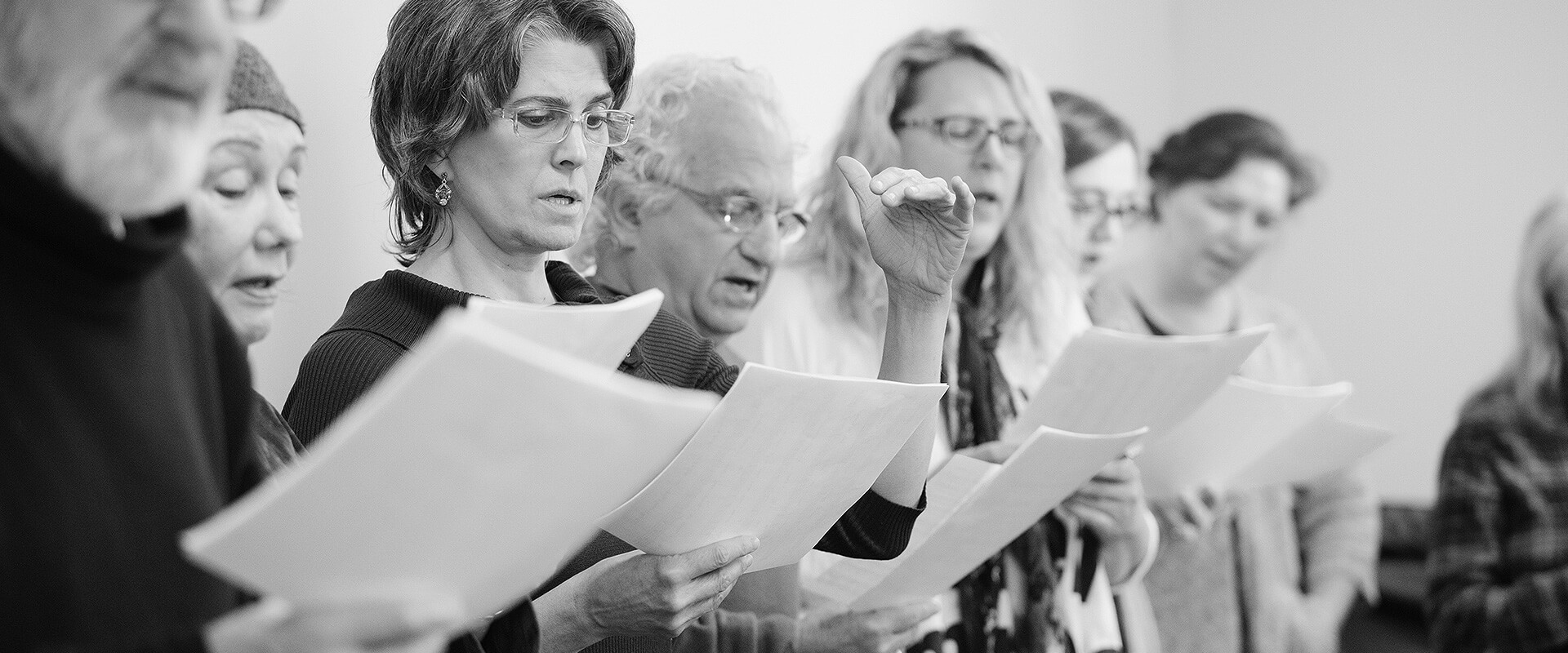The Vocal Cords
When we speak or sing, the vocal cords are small muscles covered by a layer of mucus membrane which have the refined, unique and delicate task of vibrating. They are also sometimes called vocal folds or glottis. The term vocal fold is technically more accurate but not in everyday use so we will go with the more common term, vocal cord (not chord). The glottis, on the other hand, actually refers to the space between the cords and along with the cords themselves. We often hear people using this term to refer solely to the vocal cords as well, but it’s inaccurate. When your cords vibrate, we have a technical term for that specific to singing called phonation (see Phonation). Vocal cords provide the vibration which we could say is the core of your sound while the cavities of your body provide the space for these vibrations to resonate (see Resonance). These two together and how you execute them, along with your basic physiology, make up the quality of your voice and it’s uniqueness.
Suspended between three different cartilages, the vocal cords are whitish in colour due to scant blood circulation. Pitch variations are made by thickening them for low notes and thinning them for high notes. These adjustments are made automatically; you think a note and the muscles of the larynx move to produce the note. In the initial stages of studying voice, you do not have a direct control of these adjustments but you can become aware of how the feeling changes from low to high in your range. With time, you will learn to anticipate these adjustments especially in the upper range and assist the thinning of the cords to perfect your high notes (see High Notes).
The vocal cords (2 in number) are situated in the throat at the base of the epiglottis just below the prominent part of your larynx commonly referred to as the Adam’s apple (see Larynx). They are attached or joined at the front and separate at the back, making a V-like formation when open. Open or closed, they are horizontal in placement. This may seem too obvious to mention but many singers look up for high notes and look down for low notes which sacrifices tone quality. All notes are produced horizontally, not vertically, so there’s no need to look around for them (see High Notes).
At the back, their movement is governed by the Arytenoid cartilages, permitting them to open and close and to lengthen and shorten. When you breathe they are open; when you cough they close and then open suddenly. Once you sense which muscles are making the note articulations you can help them do their job by assisting. This is a very high level of mastery which we usually only find in good classical singing. It results in a purer tone quality or what some call “slender phonation”. This assisting requires discovering the arytenoid muscles and developing a direct control over them to achieve a purer tone throughout your range and full control over soft high notes.
You already have some control of these muscles on a subconscious level. Vocal training puts this control under scrutiny and leads to a higher level of mastery in order to improve the core of your sound and remove breathiness in the tone.
For more information or to book a private lesson, please go to the contact page.
-
Beth's First Laryngoscopy - Vocal Cords in Action
 Montreal Voice Coach
Montreal Voice Coach